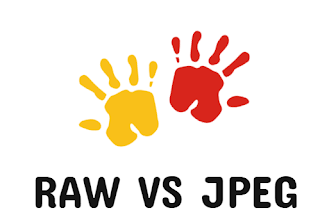Technique for Sharp Images
What is Sharp Image?
A sharp image is one where the subject of the image—or the bits of the subject you want—are in perfect focus with every detail crisp and clean.
One of the things that makes photography frustrating is softness and blur in pictures. Sharp photos are much more appealing than soft images. It is very disappointing when you take a picture of a special moment and images come out soft/blurry or out of focus. So, in this article, I will go through the techniques I use to make sure that my images always come out tack sharp.
Let’s start with the reasons why an image might come out blurry:
- A long shutter speed can capture camera shake, which would produce a blurry image
- Your subject could be moving and causing motion blur, made worse by a long shutter speed
- Poor focus acquisition would result in a soft image
- You might have a bad lens or a lens that is not capable of producing sharp photos
- Your ISO could be set to a very high number, resulting in lots of noise and loss of detail
1. Set the Right ISO
Start setting the ISO with the lowest ISO "base" Value. Remember that the camera base ISO will produce the highest quality images with maximum sharpness. The higher the ISO (sensor sensitivity), the more noise you will see in the image.
2. Select a fast shutter speed
Perhaps one of the first things to think about in your quest for sharp images is the shutter speed that you select.
Now, the faster your shutter speed, the less impact camera shake will have, and the more you’ll freeze movement in your shots.
As a result, you reduce the likelihood of two of the main types of blur in one go (subject movement and camera movement).
But how do you pick the right shutter speed? I recommend the “rule” for handholding:
Choose a shutter speed with a denominator that is larger than the focal length of the lens.
So:
- If you have a lens that is 50mm in length, don’t shoot any slower than 1/60th of a second
- If you have a lens with a 100mm focal length, shoot at 1/125th of a second or faster
- If you are shooting with a 200mm lens, shoot at 1/250th of a second or faster
Keep in mind that the faster your shutter speed is, the larger you’ll need to make your aperture to compensate (see the next section!). And this will mean you have a smaller depth of field, which makes focusing more of a challenge.
3. Choose a narrower aperture
Aperture impacts the depth of field (the zone that is in focus) of your images. Decreasing your aperture size (which means increasing the f-number) will increase the depth of field – meaning that the zone in focus will include both close and distant objects.
Do the opposite (by moving to f/4, for example), and the foreground and background of your images will be more out of focus. Therefore, you’ll need to be exact with your lens focusing.
Keep in mind that the smaller your aperture, the longer your shutter speed will need to be – which makes moving subjects more difficult to keep sharp.


Comments
Post a Comment